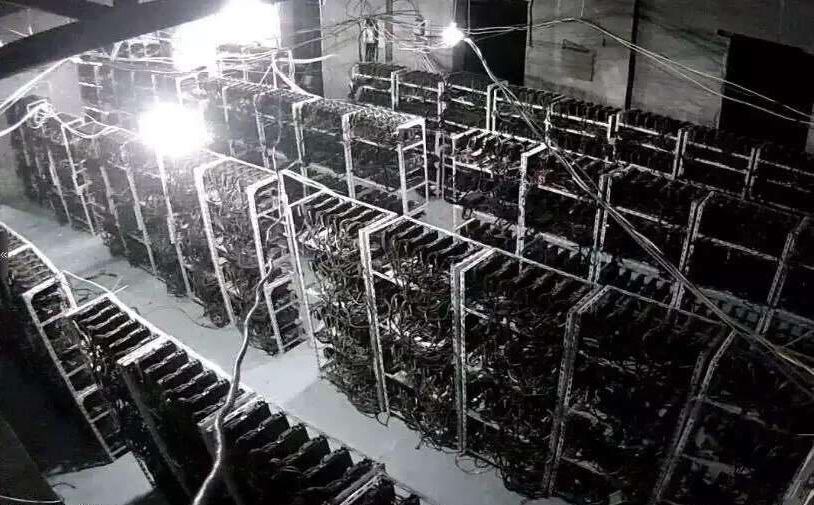Basics of Ethereum Mining

Ethereum is a block-chain based currency that has become very popular in recent years. Recognized as a highly valuable crypto currency, Ethereum is not only used as a medium of exchange, but can also be used to facilitate and negotiate smart contracts. The platform provides a simple and unique way to verify and enforce contracts that aids in minimizing the risk of fraud when a contract is signed. The fundamental design of crypto currencies provides significant security while minimizing associated costs.
Using Ether to facilitate smart contracts
The Ethereum wallet is what allows individuals to make use of smart contracts. In addition to containing Ether, which is the Ethereum currency, it can also store other crypto-assets. Wallets can store custom ERC-20 digital tokens other Ethereum users have designed that can be used for myriad purposes, including representing virtual shares, to represent digital assets and much more. Token creators can choose to have a specific number of tokens in circulation or set it up so that the number fluctuates based upon a set of criteria. To use the digital tokens, customers merely need to copy the code from the Ethereum website.
Using Ethereum to source funding
Ethereum ICOs (Initial Coin Offerings) can be used as an asset to raise funding for different projects. It’s simple: you create a contract and explain to the community why they should contribute. Any money raised by your community is held in an account until your goal is achieved. If the project goal is not achieved or money is not raised in full, that investment is sent back to the contributors.
Faster block time than Bitcoin
One of the main differences between Ethereum and Bitcoin is Ethereum’s significantly shorter average block time. Ethereum has a block time of around 14 seconds whereas Bitcoin’s block time is about 10 minutes. Block time is the length of time it takes before a transaction receives a network confirmation. At this time, Ethereum is considered the world’s fastest crypto currency. The designers of this platform have managed to maintain this low block generation time by using a protocol they originated called the GHOST protocol. With a faster block time, users are assured of quick confirmations.
Basics of Ethereum mining
The process of mining Ethereum involves solving puzzles known as hash functions for each block of transactions. The different miners will attempt to solve a puzzle until one of them wins. For each puzzle, the miner needs to find a hash that matches the current target. That verifies that their solution is correct. It’s difficult for miners to cheat at this game and it’s extremely difficult to find the correct answer to these puzzles. This is why Ethereum refers to this process as proof-of-work. Miners find blocks every 12 to 15 seconds and the algorithm is designed to adapt so that they can find the solution quickly. Once a solution is found, that puzzle is taken out of circulation. Other miners do not verify whether the hash value is correct.
Ethereum uses the ethOS proof-of-work algorithm to limit the difficulty of mining because expensive ASICs are not available for Ether. Plans are in the works to transition to a proof-of-stake algorithm that is expected to make mining Ether more profitable. To calculate rates of return on Ethereum mining, visit CryptoCompare.com Ethereum Calculator.
Read more free content on JaredSchlar.com.